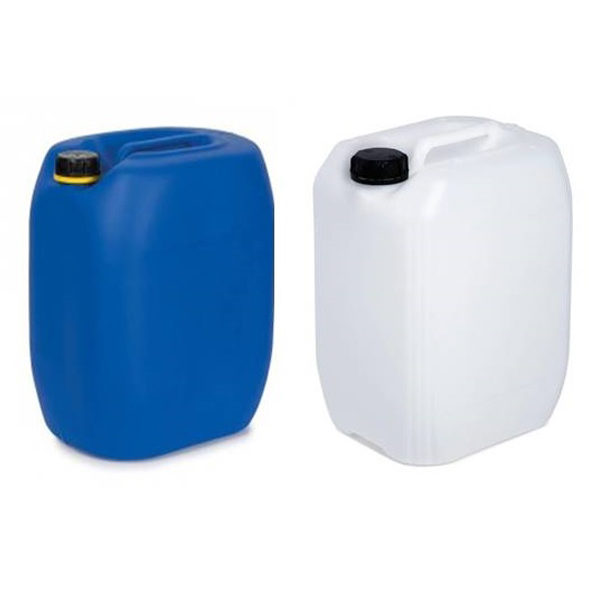
Formula: HNO3
Complies with: GOST R 53789-2010
Packing: cans of 20 liters.
Hazard class: 3 (medium moderately hazardous substance)
Nitric acid is a strong monobasic acid, mixed with water in all proportions, when in contact with many combustible materials causes their self-ignition.
They use:
– in the preparation of nutrient solution to achieve the required pH;
– for washing drip irrigation systems;
– as a component of solutions for hydroponics;
Physical and chemical indicators:
1. Appearance – colorless or yellow liquid without mechanical impurities.
2. Mass fraction of nitric acid,% not less than 57,0
3. Mass fraction of nitrogen oxides (N2O4),%, not more than 0.07
4. Mass fraction of the residue after calcination,%, not more than 0,004
Storage and transport:
Transported by all modes of transport, except air, in accordance with the rules for the transport of dangerous goods operating in this mode of transport. They are stored in sealed reservoirs – storages made of acid-resistant materials, in open areas.
Precautionary measures:
Unconcentrated nitric acid smokes in the air, releasing nitrogen oxides, which with the moisture of the air form fog. Animals and plant tissues under the influence of nitric acid are destroyed. Skin contact causes burns. Vapors of nitric acid and nitric oxide irritate the respiratory tract, cause conjunctivitis, affect the cornea of the eyes.
ATTENTION: acids are very dangerous – always follow all the operating instructions and safety measures. Always add acid to the water with a thin stream, NEVER add water to the acid, as this can cause dangerous chemical reactions.
Use of pH correction acids and washing of drip irrigation systems:
1. They need to apply a lot – at least 100 liters / ha. You need to start with orthophosphoric. To start vegetation plants need phosphorus, and it often happens in a difficult form. You need to give 20 l / ha for 1 time, the concentration of a slave. r-ra 0, 001% (1 l / t of water). The acid is started when half the irrigation water level has already been poured. After applying the acid, 20-30 minutes, pure water is passed to dilute the acid in the root zone. After 2 weeks, give 20 liters of nitric acid at the same concentration. Then you can repeat their alternation. After 4-5 days after each acid addition, the pH in the root zone is checked with a pH meter. Optimal pH = 6.5, permissible – up to 7.5. It is necessary to introduce acids so much to achieve such a pH level.
2. The acid treatment of the drip strip should only be used to remove chemical deposits (carbonates, hydroxides and phosphates). The purpose of using acid is to lower the pH of the water to a level where these chemical deposits become soluble and can be removed from the system. Preference is given to nitric and orthophosphoric acid. These acids additionally are also fertilizers because they contain nitrogen or phosphorus. For periodic processing, the acidity of the solution may be of the order of pH 4.0. Knowing the water flow per time unit, you can calculate the required amount of acid. It is convenient to use equipment for fertigation with acids, especially if it is equipped with a device for monitoring Ph. The acid solution is introduced for a period of 10 to 12 minutes, after which the pH level at the end of the system is checked to ensure that you have achieved the desired value. After treatment with acid, you need to continue watering with clean water and rinse the system thoroughly.

